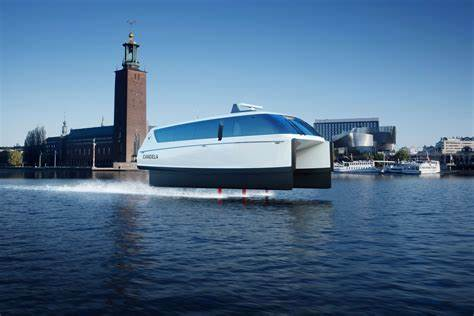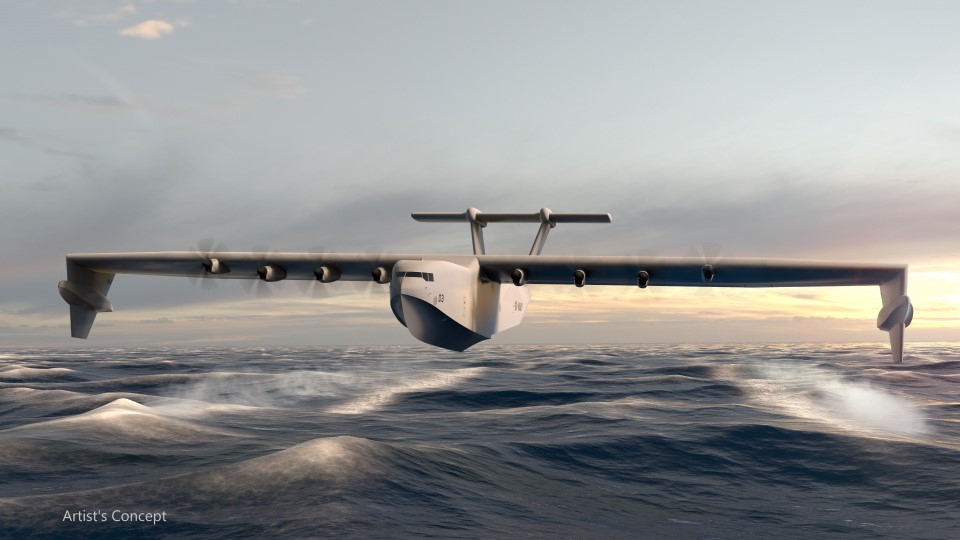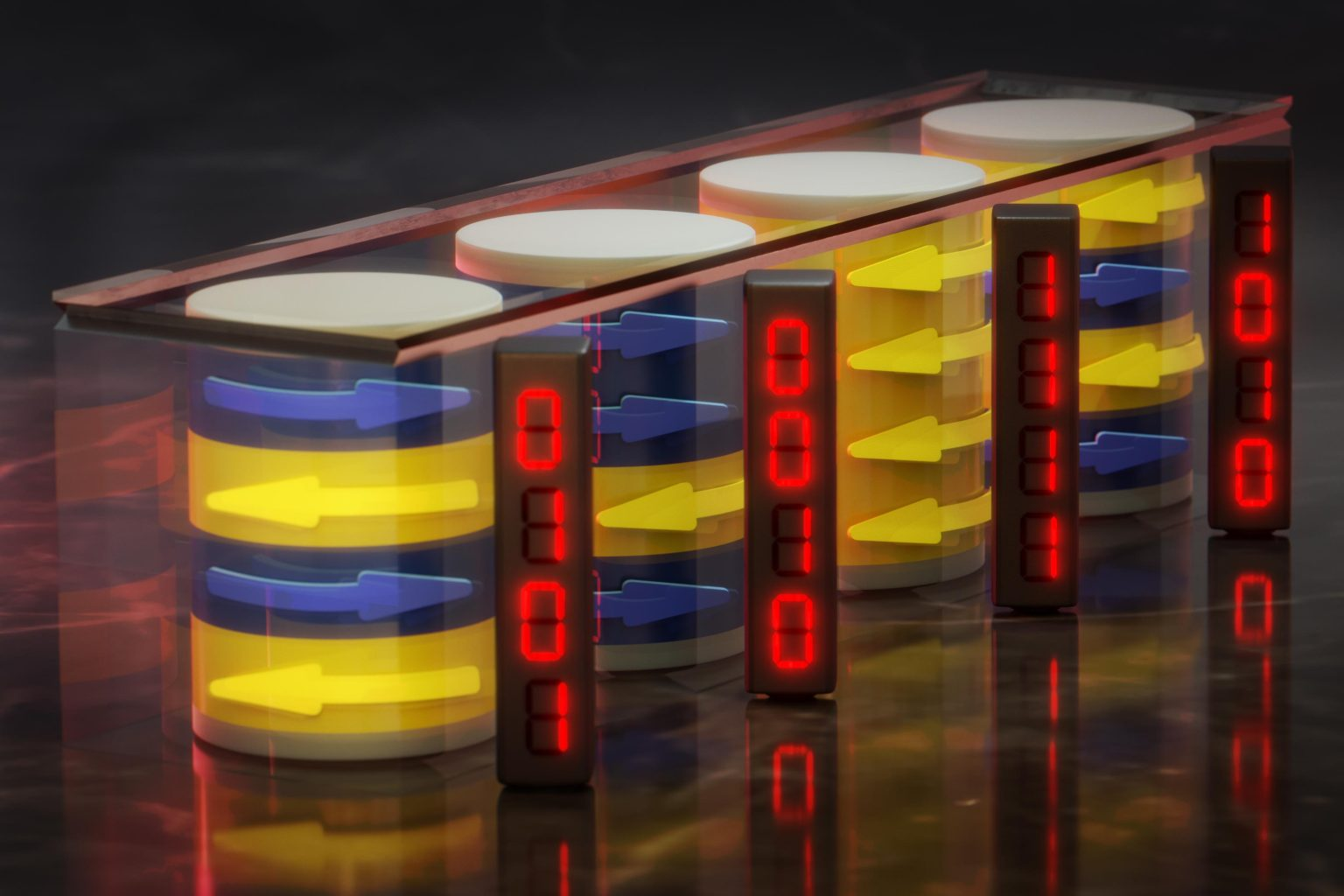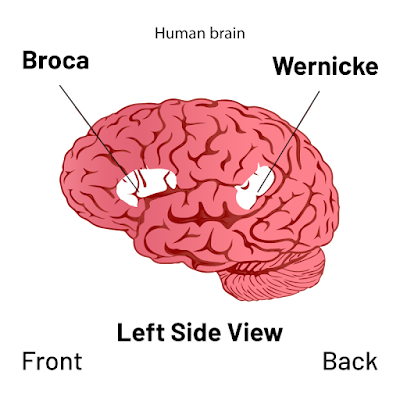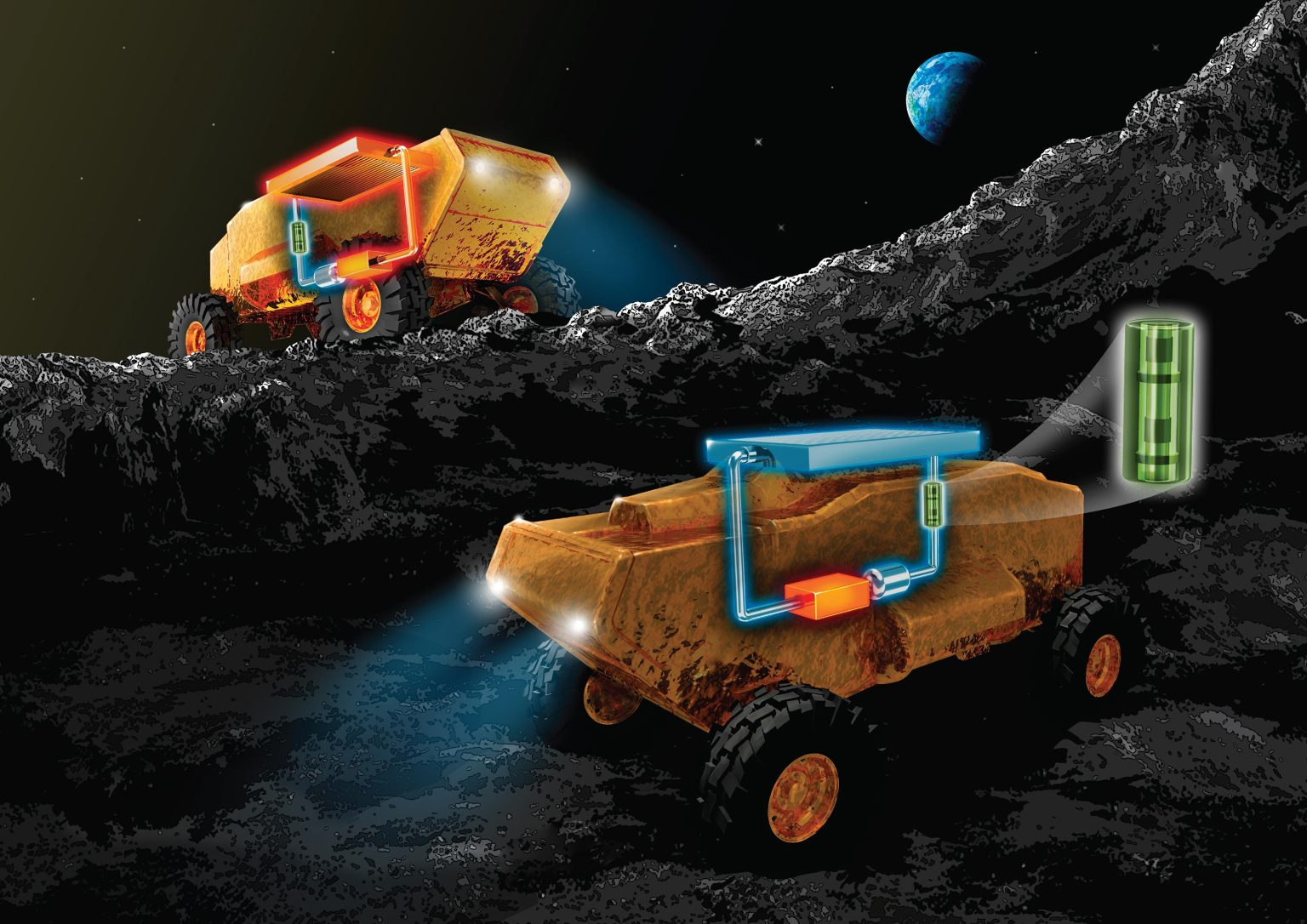"Artist’s impression of Dragonfly soaring over the dunes of Saturn’s moon Titan. NASA has authorized the mission team to proceed on development toward a July 2028 launch date. Credit: NASA/Johns Hopkins APL/Steve Gribben" (ScitechDaily, NASA’s Dragonfly: SpaceX To Launch Daring Mission to Saturn’s Moon Titan)
The Dragonfly is one of the most daring missions in history. The AI-controlled quadcopter will be launched to Saturn's moon Titan, and there. That probe will research the distant moon. Its atmosphere. And its hydrocarbon lakes. The Dragonfly itself is an interesting concept. If the image above really portrays a Dragonfly. That probe is like a quadcopter. And it seems to have four Kamov-type propellers that give it higher speed than traditional propellers.
In those propellers, the system tilts the rotor's edge against each other. And that makes it possible to aim the thrust. Those propellers give that system extremely good maneuverability.
Those propellers are seen in Kamov helicopters. The engine system gets its energy from nuclear batteries or isotope generators (RTG). The thing is that the Titan atmosphere makes it possible to use wind energy on that strange word.
The Dragonfly concept is suitable for next-generation manned helicopters. The high-speed quadcopter designs can be useful in many missions. Electric engine-operating quadcopters can be a low-noise application. The turbine-based hybrid system allows this system can travel fast between targets, and near the destination, the system can turn to use electric engines.
If those electric systems and cabins are protected against pressure the quadcopter can also operate underwater. And those systems can give new abilities. For civil and military operations. The underwater-capable quadcopter can fix undersea cables and check structures above and below the surface. The same system can transport military operators to the coastline underwater and then fly them to the building's roofs.
The main difference. Between the FVR-90 hybrid drone that you can see above. And supersonic versions are that. The supersonic versions can pull those quadrotors in the structure. That means the side bodies are a bit longer and the craft's shape is tuned to fit supersonic flight with possible stealth capacities.
In some visions, the next-generation high-speed jet fighters are quadcopters that can have high-power jet engines. Or, quadcopters can raise those jet aircraft up from the ground. At the right altitude, they can drop the aircraft which can accelerate its speed. But those systems can have internal quadcopter structures.
The system in the lower image might look a little bit like the jet-engined version. But in that jet-engined version, the main propeller is replaced by a jet engine and high-speed abilities are better.
Those high-speed systems can use the quadcopter mode in low-speed, low-noise flight. Those quadrotors can be systems that the aircraft can pull while it travels fast. Or they can be small independent operating helicopters that can rise and transport aircraft away from city areas. Then those systems can be separated. And then. Those systems can travel away from the city area and start their jet engines. Those radical concepts will lower the flight noise.
https://fi.pinterest.com/pin/290622982200791695/
https://scitechdaily.com/nasas-dragonfly-spacex-to-launch-daring-mission-to-saturns-moon-titan/











